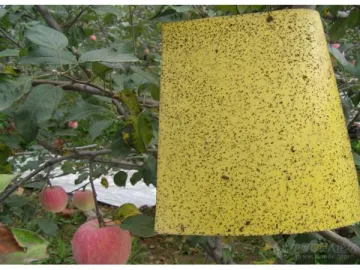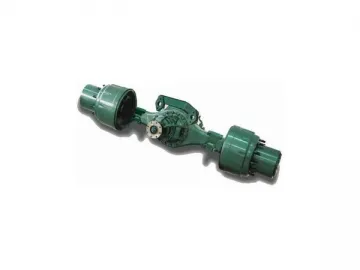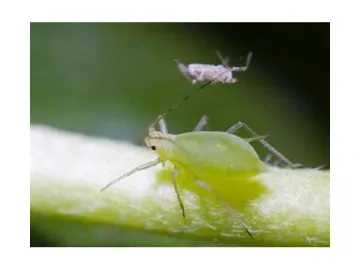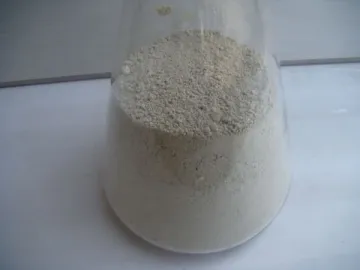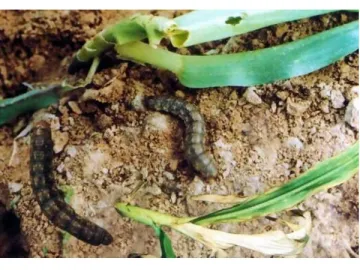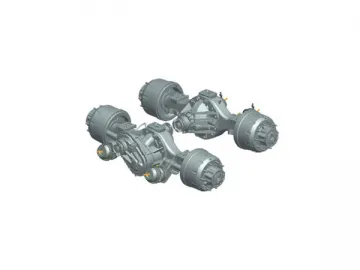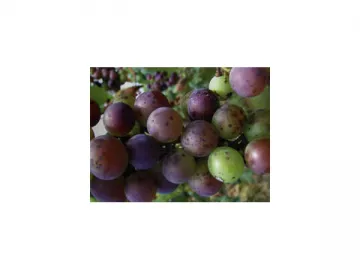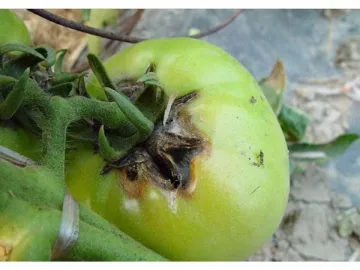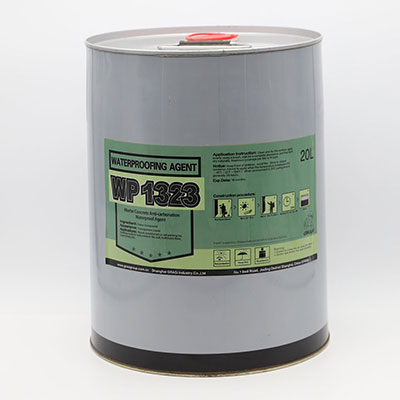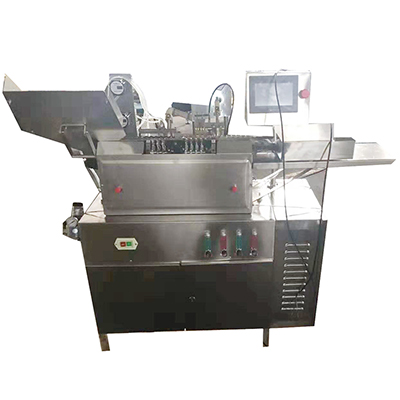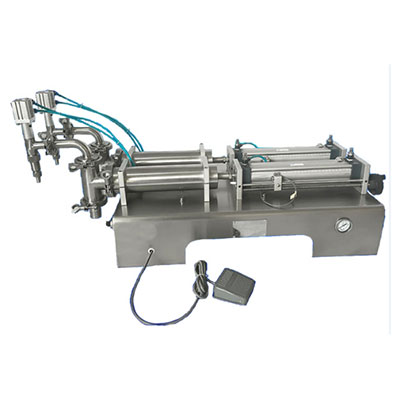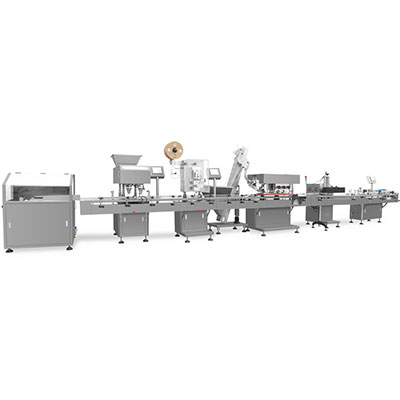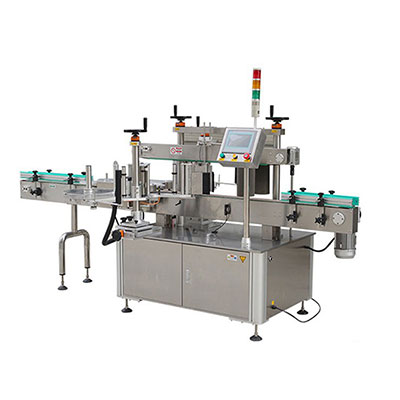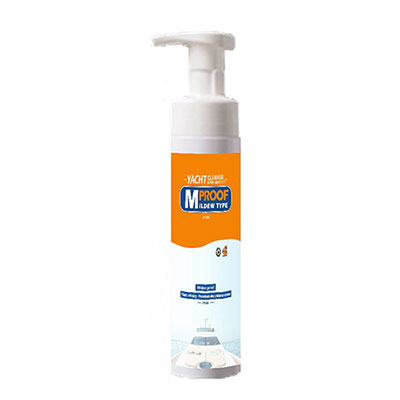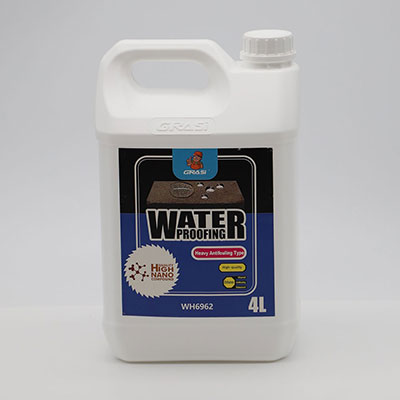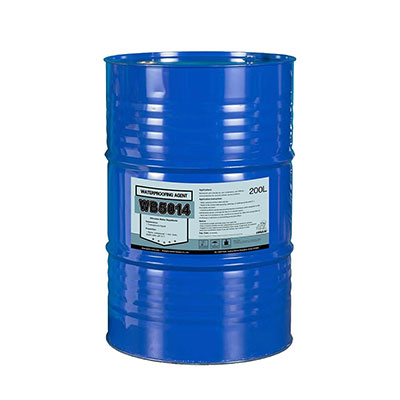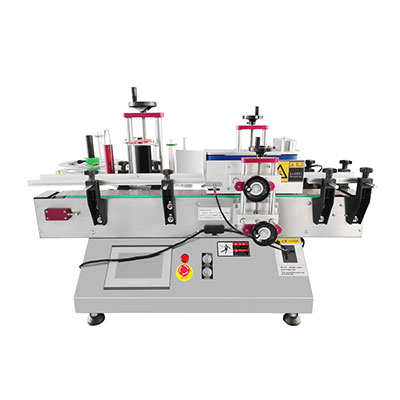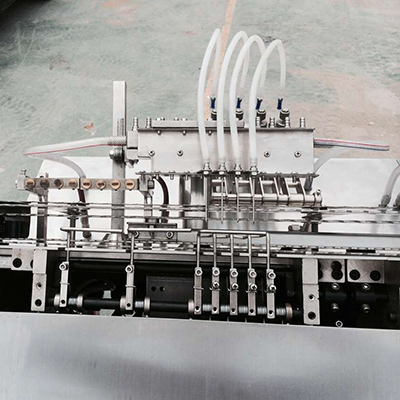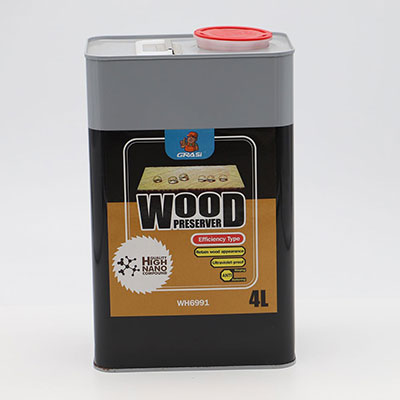Nematicide
The nematicide or nematocide is an endozoic fungus. This biopesticide is the major natural enemy for some parasitic nematodes, and it can not only be parasitic on pest eggs, but also can infect and corrode the larva and female pests. For many types of nematode as the root-knot type, cyst type and the stem type, this biological pest control solution has distinct efficacy. Additionally, it is characterized by many advantages like high efficiency, broad spectrum, long-lasting effect, safety, no pollution, no residual, stimulation of crop growth, etc.

Application Scope
Nematicide is effective in controlling the root-knot and cyst nematodes of crops as the soybean, tomato, tobacco, cucumber, watermelon, eggplant, ginger, etc.
Property
It belongs to the powder type (DP).
Content
The numbers of viable bacteria is not less than 1.0×1010cfu/g.
Product Efficacy
1. The nematicide can serve as a kind of plant growth promotor. It can produce abundant derivatives and one of them is similar to the product of indoleacetic acid, the prominent physiological efficacy of which is facilitating the growth of plants and plant roots when applied in low concentration. Therefore, applying this product to plant roots can not only effectively inhibit nematode infection, but also can promote the growth of vegetative organs of plants as well as the budding of seeds.
2. The nematicide can produce various functional enzymes. The chitinase produced by this product has degradation action towards chitin. It is beneficial to the hatch of nematode eggs and the parasitism ratio increase of nematodes. In addition, it produces lyases, dextranase and protease.
3. Degradation effect: This product enables the dissolution of insoluble phosphate.
4. For the pathogenic nematodes, the nematicide is a potential bio-control fungi which is effective to parasitic eggs of nematodes. Meanwhile, it is closely related to chitin and chitinase.
5. This product can protect crops from insect pests. It can be parasitic on the hemiptera as the triatomas of litchi and the black bug of rice, or on the homoptera as the leafhopper and the brown plant hopper, or on the isoptera as the termite, or on the coleopteran as the weevil of sweet potato, or on the lepidopterous as the silkworm of tea, tiger moth, etc.
6. Nematocide also possesses antagonistic action towards the disease caused by the pathogenic bacteria of plants, such as southern leaf blight of corn, scab of wheat, anthracnose of cucumber, blight of cotton, bakanae disease of paddy rice, etc.
Usages
| Crop | Target | Application Time | Dosage | Application Method |
| Tobacco | Root-knot nematode | Seedling separation stage | 1.5kg/hectare | Nematicide should be evenly mixed with the nutrient soil packed with the bag. |
| Transplanting stage | 4.5-6kg/hectare | Mix the biological pesticide with the farmyard manure in the process of transplanting. Then apply the mixture in planting holes. | ||
| Vegetables and other crops | Root-knot and cyst nematodes | Seedling nursing stage | 1.5kg/hectare | Nematicide can be evenly mixed with the nutrient soil for seedbed treatment or be used for seed dressing. |
| Transplanting stage | 4.5-6kg/hectare | It should be evenly compounded with the farm manure and then applied into the planting holes. | ||
| Field planting or fertilizer applying stage | 7.5-12kg/hectare | This product can be evenly mixed with a small amount of decayed farm manure and then applied to the root of plants. It also can be mixed with the soil and applied to the plant root alone. |
Links:https://globefindpro.com/products/83966.html
